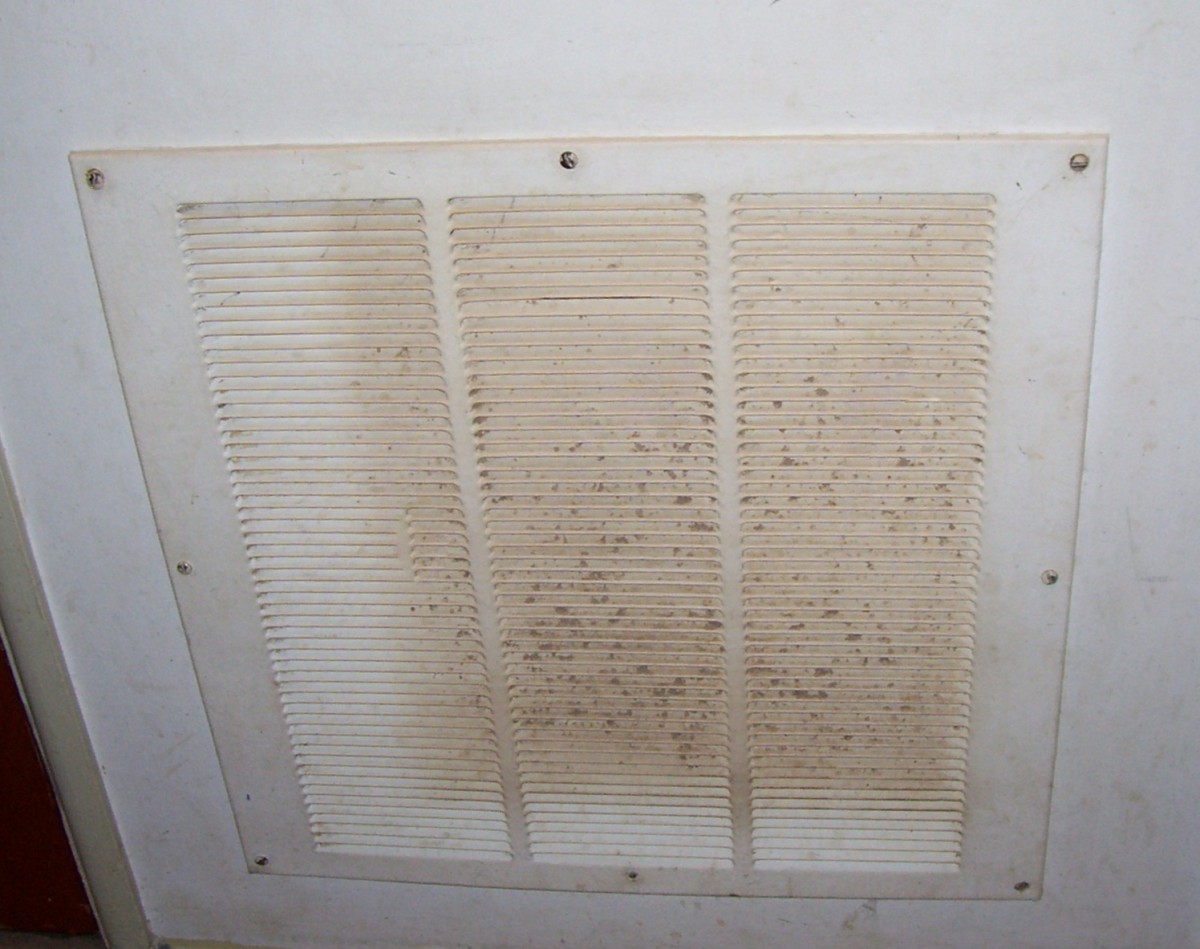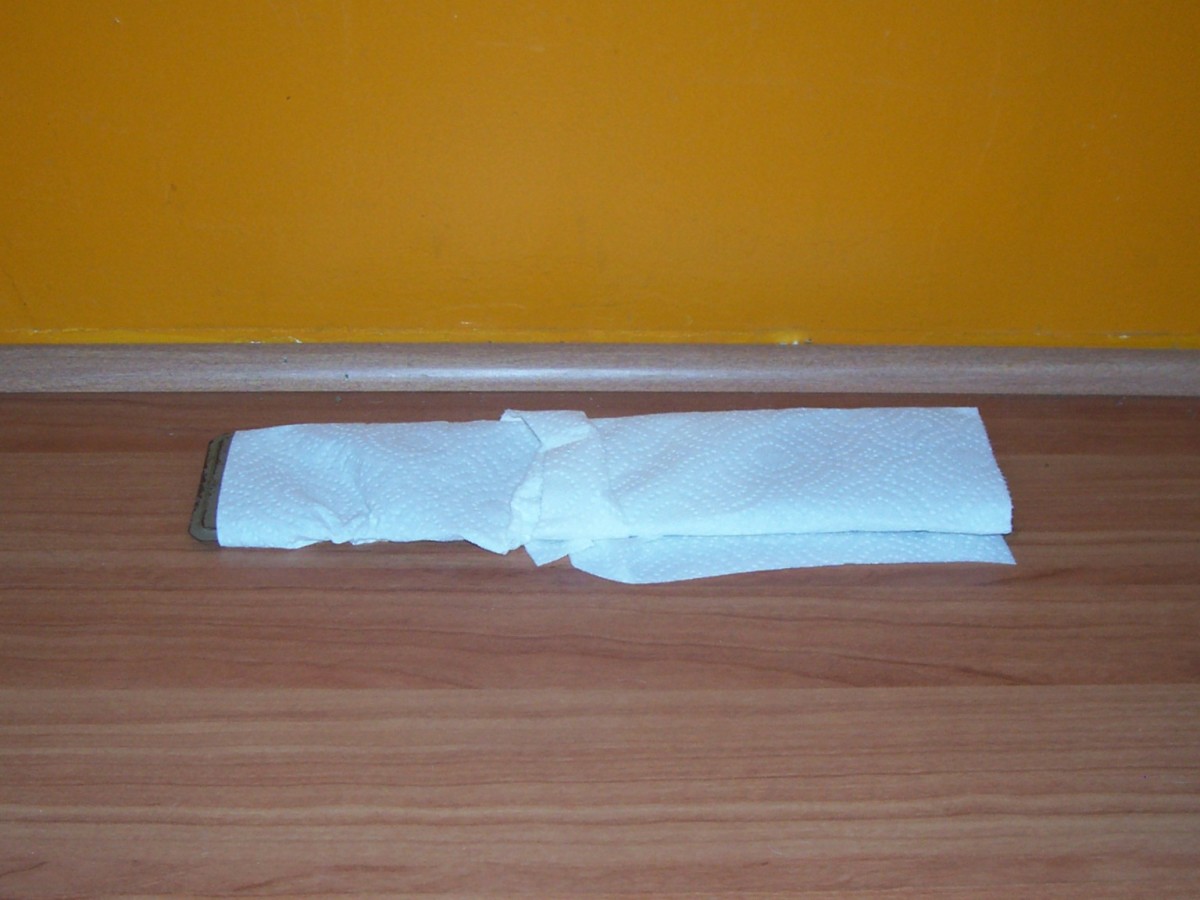There are lots of reasons to clean up the air ducts in your house. When ducts are clean, the heater lasts longer (because there is less dirt breaking its elements), we dust less typically, and the air we breathe in the house is cleaner. For those of us with allergic reactions, this need to be a welcome enhancement.
Probably you don't own a high-powered, truck-mounted vacuum system with 150 foot-hoses; possibly you can't manage the cost of such service. But I am going to inform you how you can clean air ducts yourself. Sure, you will not have the ability to reach every nook and cranny, but you can still get rid of approximately 85% of the dust in your system without spending any more than the expense of your new furnace filter.
There are several designs of duct systems, such as attic systems and underground systems, however the theory of cleaning up these systems is the same. You might not have the ability to access all parts of these systems (for example, underground ducts), however you can make a distinction in your air quality by cleaning the parts of the system that you can reach.
Prior to we get going, take a look at this video of what one of those high-powered, truck-mounted vacuum systems appears like at work on a pretty overlooked duct system.
2. Switch on fan. You want the fan running while you are cleaning up, to move the dust along that you are going to loosen up with your banging and brushing. Set the thermostat to "fan on," and shut off the "heat/cool" mode so that just the fan is running. If you do not have a fan-only option, you can run the heat, or you may take this opportunity to install a more recent thermostat with this practical alternative.
3. Check filter. Ensure your old heating system filter remains in location, so that the dust you knock loose doesn't end up getting pulled into the fan motor.
4. Loosen up dust in ducts. Knock loose any accumulation of dust in the duct. Simply take the deal with of your brush and start tapping on any available duct work you have in the basement. This will help break up any deposits of dampened dust that might have stayed with the within the duct.
5. Tidy supply registers. Now you can start sweeping out the dust in your supply signs up. With the vacuum running and completion of the hose near the register, lift the register. Use the pipe to capture any dust that is being pressed out by the fan, and proceed to sweep as far into the register's piping as your hose can reach. Use your brush to scuff loose any developed dust in the register.

As you go through your home purging the supply registers, you can eliminate and get rid of the paper towels you have actually put in place. 6. Clean return air signs up. Purge your return air signs up. These will likely be fastened with a screw and require your tool to eliminate them. Once again, brush and sweep as far back into the register piping or cavity as you can. 7. Shut off fan and furnace. Shut the fan off at the thermostat and the power off to the heating system by means of the service switch or breaker panel. Do not simply shut down the thermostat, because that doesn't turn off the power to the unit.
8. Clean out blower compartment and return air boot. With the power off, you can remove the panels on the front of the heating system and access the blower compartment and the return air boot. Use your vacuum to sweep up the dust developed up in the blower compartment and return air boot. This is where the terrific bulk of your dust will be. Considering that you remain in here, you need to clean the furnace fan as well.

Take a look at the detailed article (with pictures) I wrote, How to Clean a Furnace Fan for a guide on doing this. 9. Replace furnace filter. Buying a better filter will definitely cut down on the Article source dust in your house. But the better the filter, the more frequently you ought to change it; a filthy filter restricts the airflow to the fan, which results in the blower motor running hotter and decreasing its life expectancy. How frequently you need to alter your filter depends upon your house, your pets, and your location.